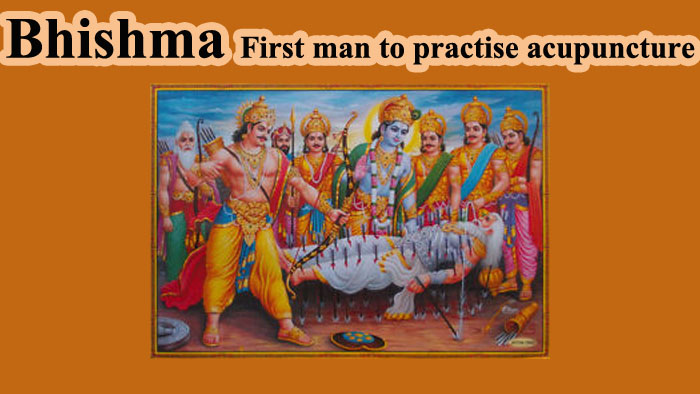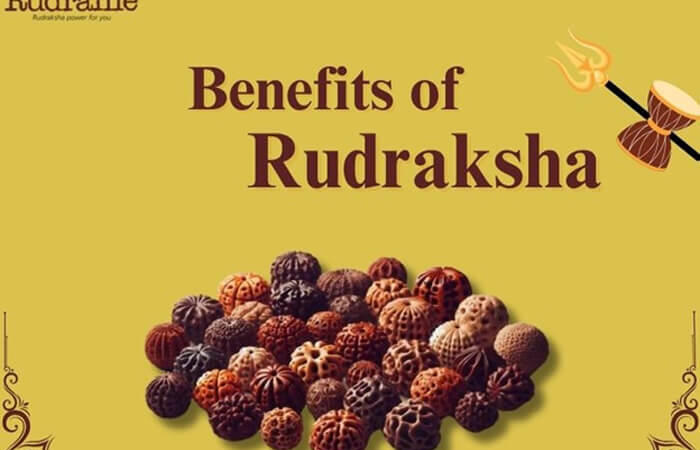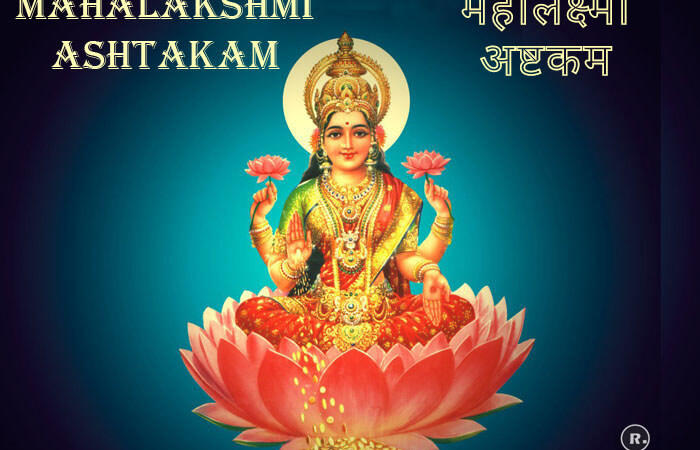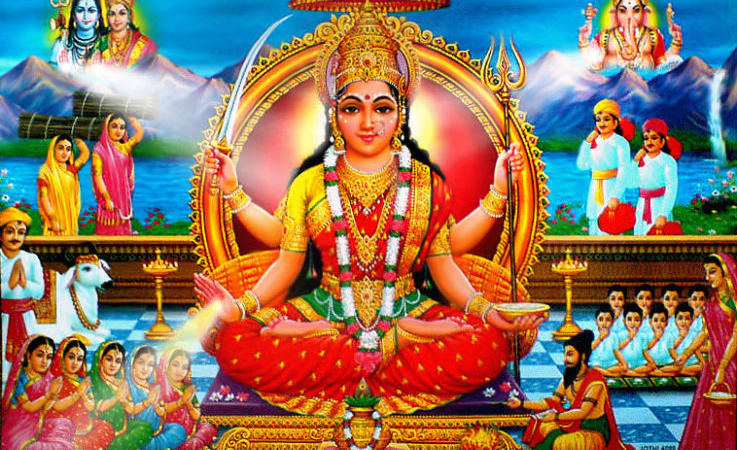Bhishma – First man to practise acupuncture

Bhishma, the great warrior of the Mahabharata period was the first man to practice acupuncture. When he was shot by arrows on the battlefield he did not die immediately. He had a boon to choose the day of his death. So he decided to lie on a bed of arrows for 56 days. He wanted to die on an auspicious day. The bed of arrows was made by Arjuna.
This bed of arrows is nothing but acupuncture treatment. Dr. B K Singh of Indian Acupuncture Centre also pointed this out in one of his lectures thirty years ago. Bhishma kept himself in good health by using acupressure techniques. But it is true acupuncture was practiced more widely in China and the world came to know about it through the wandering Buddhist monks. We have more evidence to show that the Indians knew about acupressure and acupuncture.
Hindus used to pierce the ear of babies during the first birth anniversary. They knew that the children’s wisdom and knowledge will increase after piercing the ears with a golden needle. Girls will have a nose piercing at a later age in addition to the ear-piercing. People who go to fields for ablutions in the olden days used to wear a turban/towel around their heads closing their ears. In those days people belonging to the first three castes (Brahmins, Kshatriyas, and Vaisyas) wore the sacred thread. They used to wear the thread tightly around their ears to give pressure. This helped them to clear their bowels well.
Wearing the tuft (kudumi in Tamil, Choti in Hindi) has also some meaning in acupuncture. From time immemorial Indian Brahmins have kept a tuft of hair tied on their shaven heads at a particular point. Chinese called this point ‘bahue’ meaning blessing. Last but not least Indian barbers also knew a lot of acupressure points. When they visit home to perform their services, a common practice was to apply pressure to particular points of the body to prevent their customers from receiving an embarrassing involuntary erection.
Wrestling school teachers also practiced Varma Kalai (the art of Varma), part of which is acupressure. It was not uncommon for barbers and wrestlers to treat patients in the absence of doctors in ancient India.
Suggested Read: The Epics | Ramayana | Mahabharata






